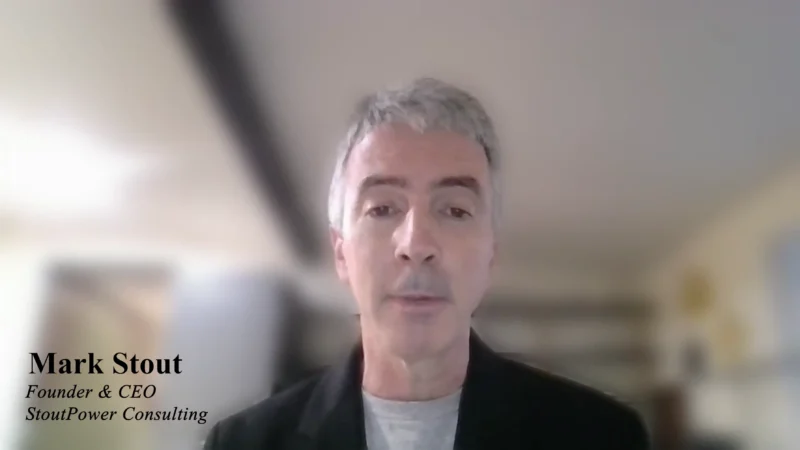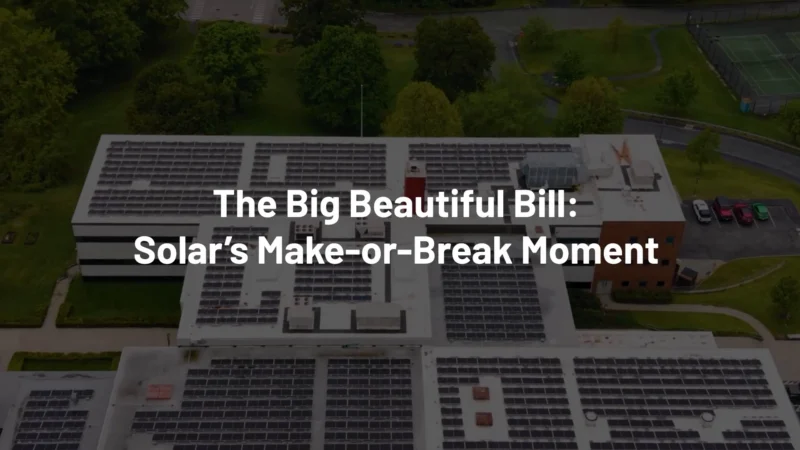The Hidden Value of Energy Management Systems
Optimally managing the energy of each building is extremely important for every organization. With the majority of energy use going toward HVAC operations, how can facilities management teams boost efficiency and save costs? The answer is energy management systems.
Host Tyler Kern welcomed guests John Casey and Craig Norris, both Directors of National Accounts, of ENTOUCH to discuss the topic and its benefits.
“Energy management is a collection of computer-aided tools used to monitor and control efficiency of equipment, typically HVAC,” Norris explained.
Casey added, “About 40% of energy in buildings is HVAC, so these tools reduce energy wasted and have operational benefits.”
Casey went on to define those benefits or hidden values, saying “it’s the automation of big data machine learning. Taking that collected data from each building and applying remote diagnostics so they reduce unnecessary tech visits, which, at scale, can cut costs.”
The use of the software serves multi-locations effectively.
“If you have a single site, it’s not hard to change set points,” Norris said. “Doing this at scale isn’t [easy]. Take something like COVID-19 and the need to reset and change alerts across many different protocols. You can do that on a global, state or regional level.”
A system such as this provides the ability to dispatch intelligently, because it has identified the specific piece of equipment that needs service. It also works as a proactive approach. It collects a lot of data and can locate a problem before onsite staff does.
“Facility management is often only a few people. The software filters information and brings to focus what those staff should be concentrating on,” Casey said.
Follow us on social media for the latest updates in B2B!
Twitter – @MarketScale
Facebook – facebook.com/marketscale
LinkedIn – linkedin.com/company/marketscale




